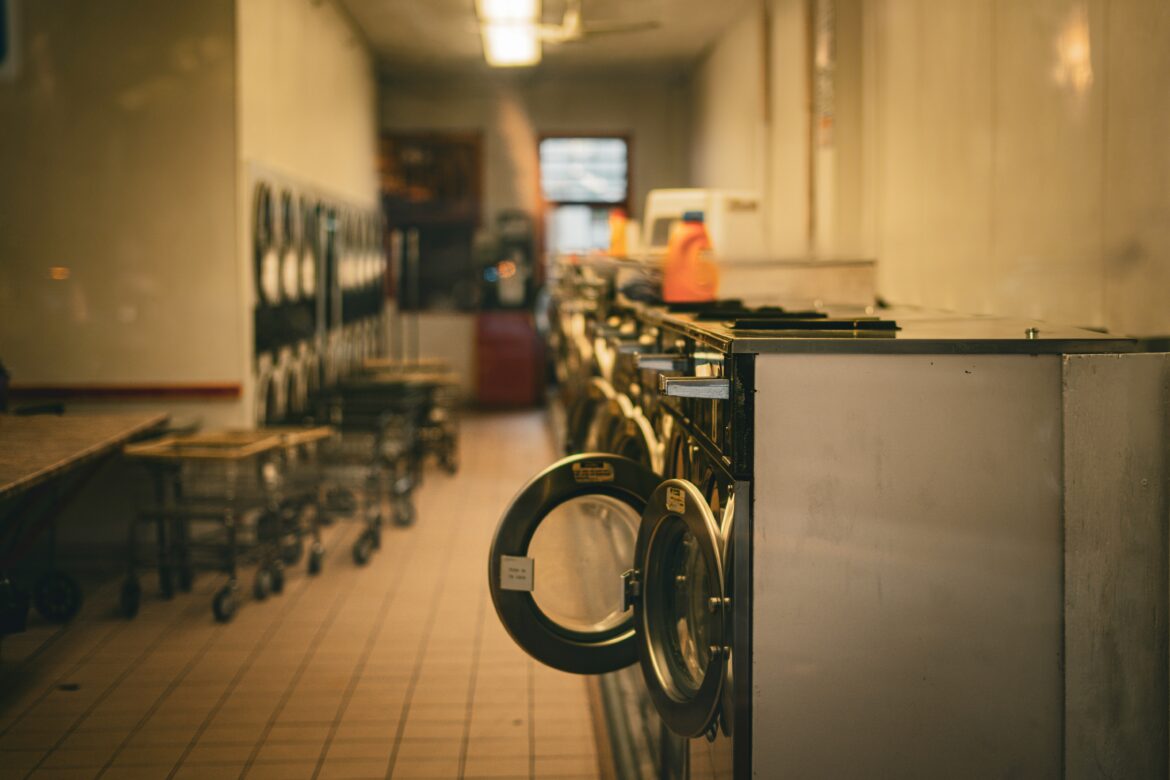In the highly competitive industry of commercial laundries, it is of the utmost importance to achieve the optimal balance between speed, efficiency, and cost-effectiveness. Tumble dryers designed for commercial use take front stage in this endeavour. These tumble dryers distinguish themselves from their residential counterparts by virtue of their advanced engineering and specialised components.
Commercial tumble dryers, designed for high-volume usage in commercial laundries, achieve a balance of speed, efficiency, and cost-effectiveness through advanced engineering and the use of specialised components. These dryers are distinct from their domestic counterparts in several key areas, including the types of heating systems they employ and the design and functionality of their critical components. Understanding these differences sheds light on how commercial dryers manage to meet the rigorous demands of industrial laundry services.
Heating System
The heating system is central to the operation of a tumble dryer, providing the necessary heat to evaporate moisture from textiles. Commercial dryers may use one of three main types of heating systems:
• Electric Element: Electric dryers use a resistive heating element to generate heat. They are simpler to install due to their reliance on electricity alone but are less energy-efficient compared to gas and steam dryers. Their heat-up and cooldown times are gradual, making them less suited to environments where rapid turnover is needed.
• Gas Element: Gas dryers heat up and cool down quickly, making them more efficient for rapid drying cycles. They require access to a gas supply, which can complicate installation in some settings. Despite this, their efficiency in operation makes them a popular choice for commercial applications.
• Steam Element: Steam dryers are highly efficient in terms of energy use but consume more water. They are slower to heat up and cool down, similar to electric dryers, but are favoured for their operational cost savings over time.
Critical Components of a Commercial Tumble Dryer
• Drum: The central component where clothes are placed for drying. It is rotated by an electric motor, with belts and frequency inverters playing a role in the mechanism. The design ensures even drying by moving garments through the hot air effectively.
• Air Motion System: This system circulates hot air through the drum, ensuring consistent drying. Technologies like “radial flow” or “combined flow” are used to achieve uniform air distribution and temperature within the drum, key to efficient drying.
• Cabinet: The exterior shell of the dryer, which houses all components. It is made from durable materials to withstand frequent use and designed to minimize heat and vibration transfer. Commercial models feature larger doors to accommodate bigger loads.
• Controls: Commercial dryers are equipped with digital controls that offer access to pre-programmed cycles and allow for custom settings. Microprocessor control provides precise management over drying conditions, catering to different fabric types and moisture levels.
Commercial tumble dryers distinguish themselves through specialised heating systems and robust component designs tailored to meet the demands of high-volume laundry operations. Their efficiency, speed, and adaptability to various textiles make them indispensable in commercial laundry settings. By employing advanced technology in both heating and air circulation, along with durable construction and precise control systems, these industrial-grade appliances deliver the performance required to operate economically at scale.




